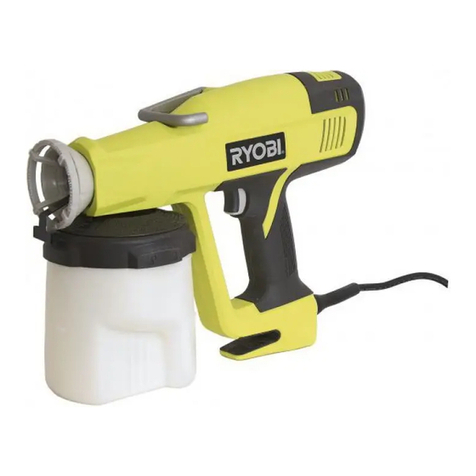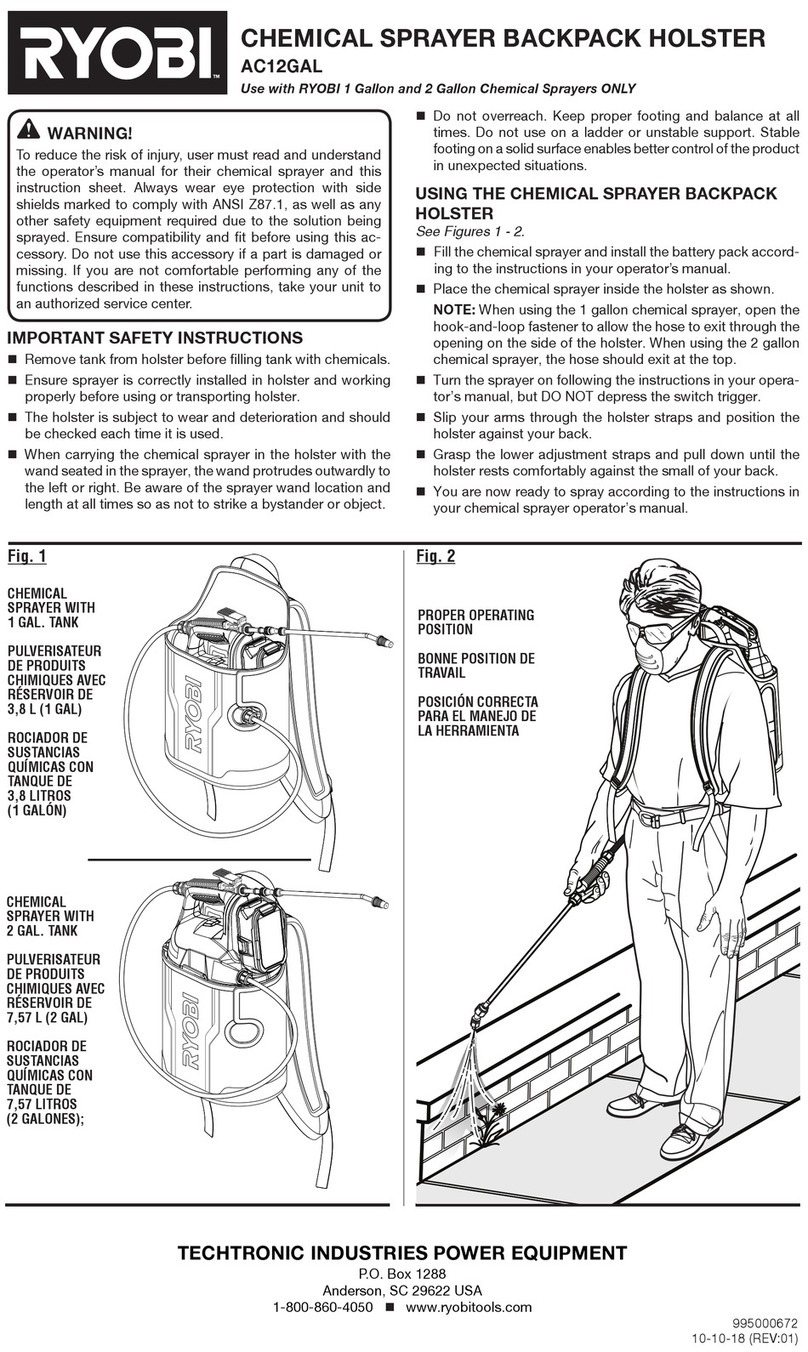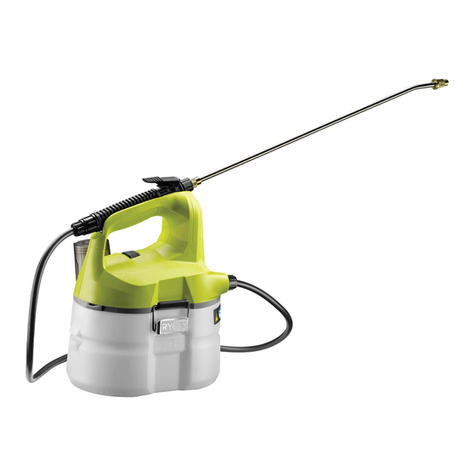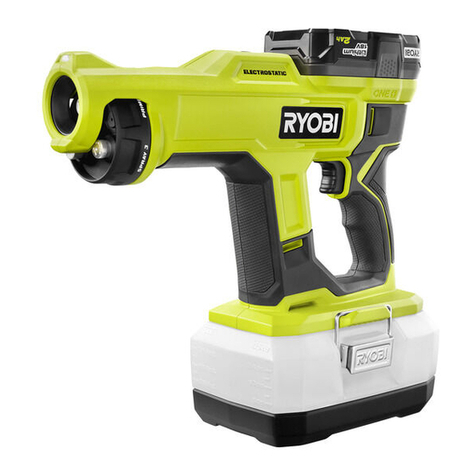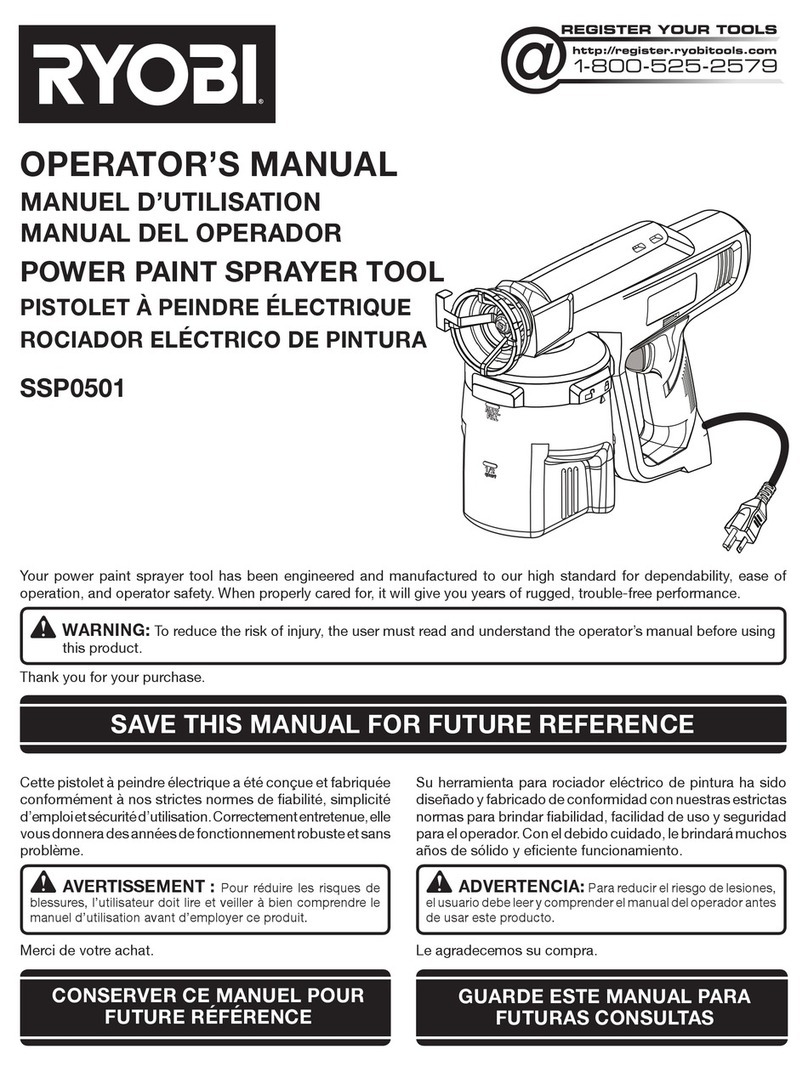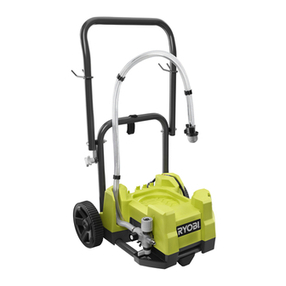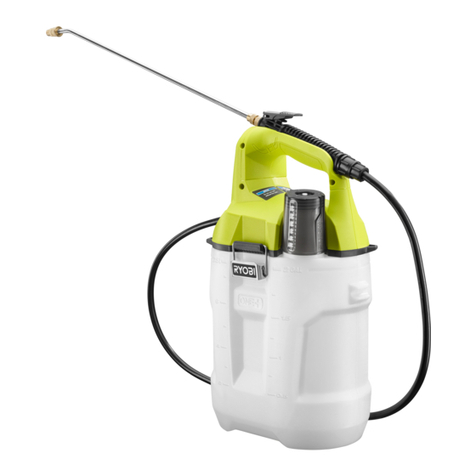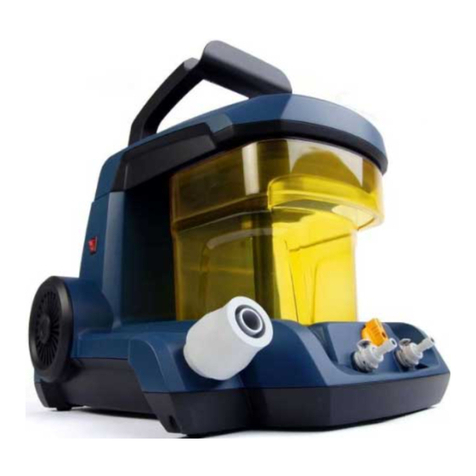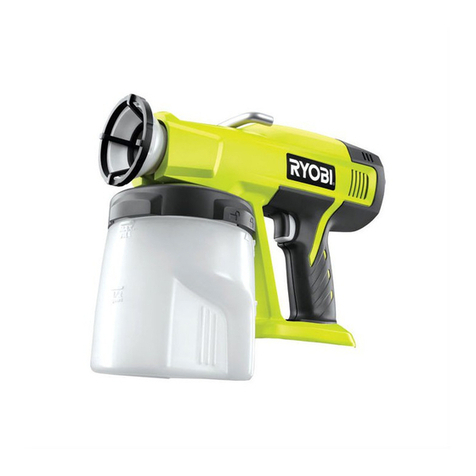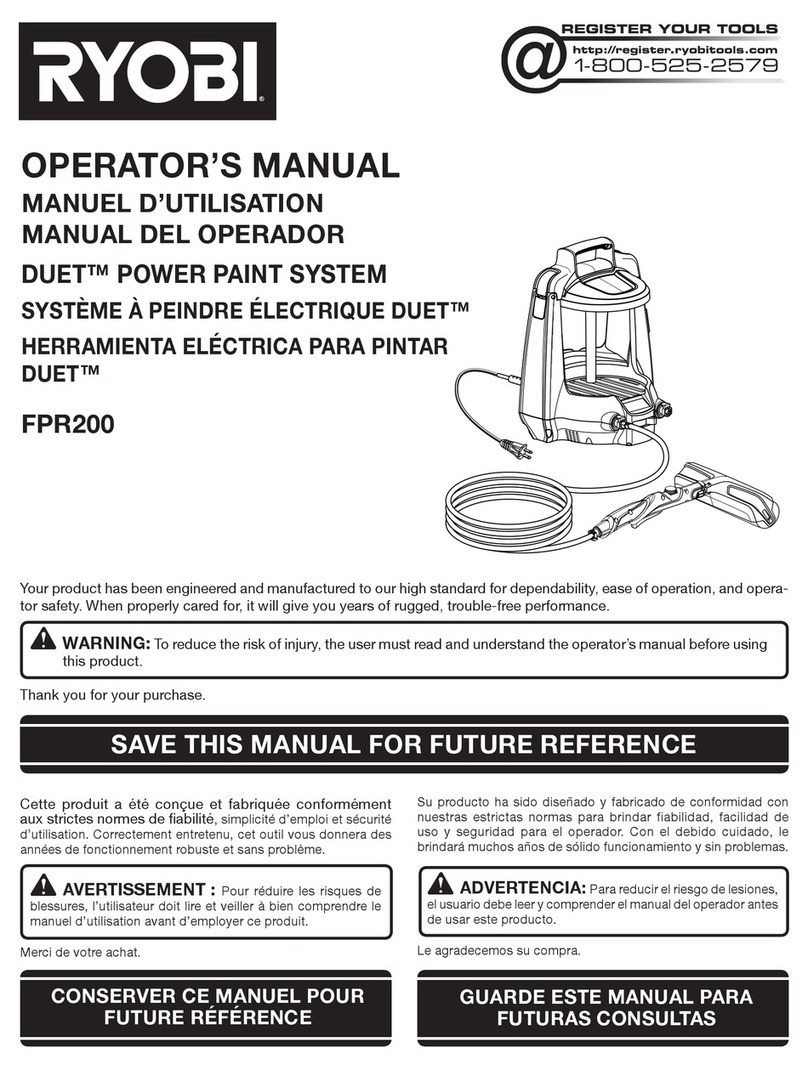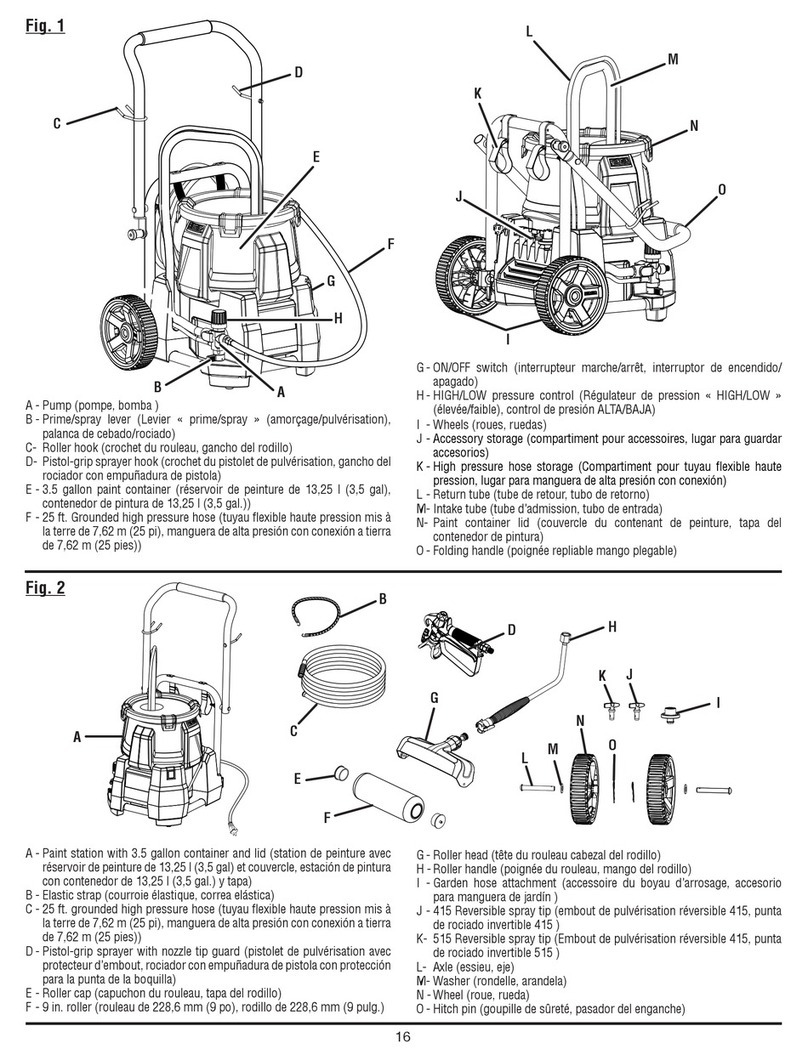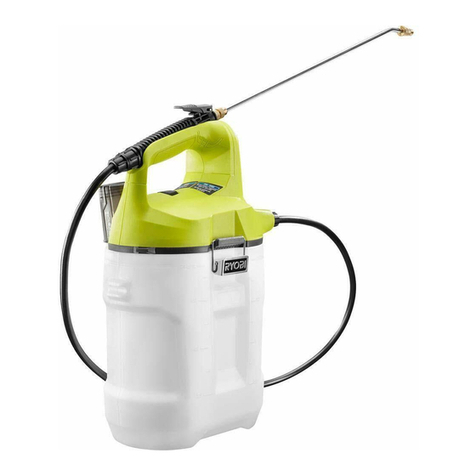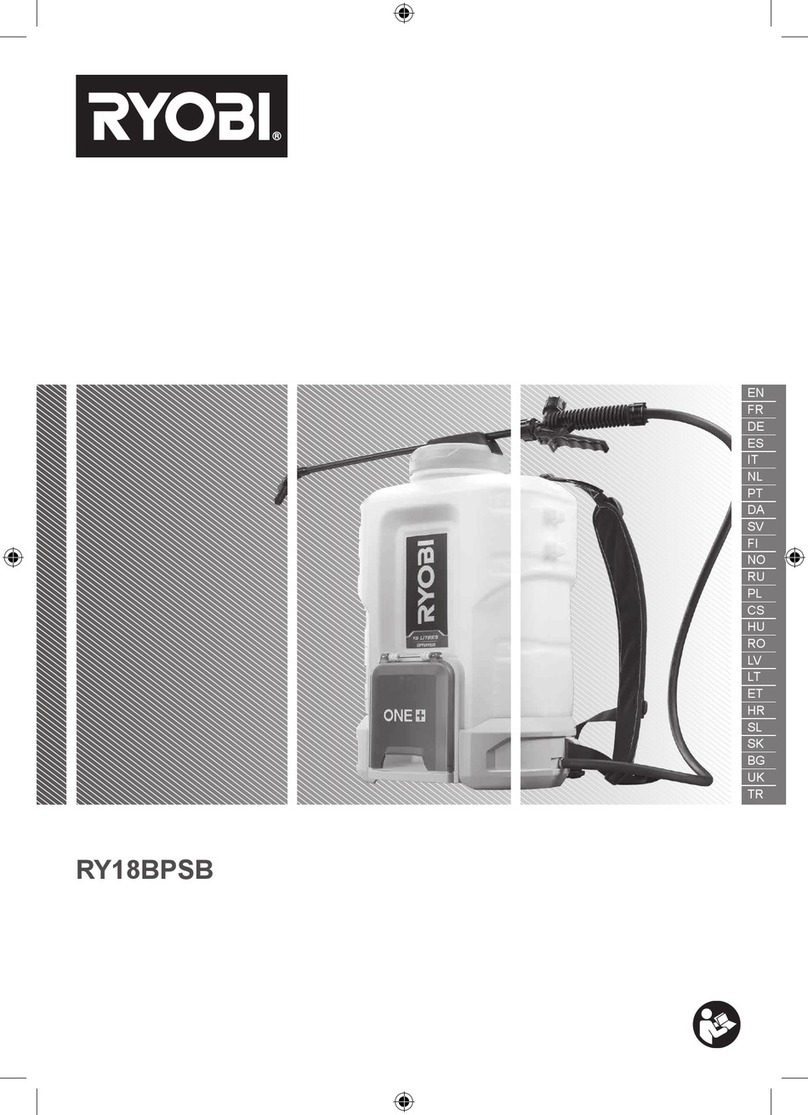
2
other condition that may affect the power tool’s
operation. If damaged, have the power tool repaired
before use. Many accidents are caused by poorly
maintained power tools.
■Keep cutting tools sharp and clean. Properly
maintained cutting tools with sharp cutting edges are
less likely to bind and are easier to control.
■Use the power tool, accessories and tool bits etc.
in accordance with these instructions, taking into
account the working conditions and the work to
be performed. Use of the power tool for operations
different from those intended could result in a
hazardous situation.
■Keep handles and grasping surfaces dry, clean
and free from oil and grease. Slippery handles and
grasping surtaces do not allow for safe handlíng and
control of the tool in unexpected situations.
BATTERY TOOL USE AND CARE
■Recharge only with the charger specified by the
manufacturer. A charger that is suitable for one type
of battery pack may create a risk of fire when used with
another battery pack.
■Use power tools only with specifically designated
battery packs. Use of any other battery packs may
create a risk of injury and fire.
■When battery pack is not in use, keep it away from
other metal objects, like paper clips, coins, keys,
nails, screws or other small metal objects, that can
make a connection from one terminal to another.
Shorting the battery terminals together may cause
burns or a fire.
■Under abusive conditions, liquid may be ejected
from the battery; avoid contact. If contact
accidentally occurs, flush with water. If liquid
contacts eyes, additionally seek medical help.
Liquid ejected from the battery may cause irritation or
burns.
■Do not use a battery pack or tool that is damaged or
modified. Damaged or modified batteries may exhibit
unpredictable behaviour resulting in fire, explosion or
risk of injury.
■Do not expose a battery pack or tool to fire
or excessive temperature. Exposure to fire or
temperature above 130°C may cause explosion.
NOTE: The temperature 130°C can be replaced by the
temperature 265°F.
■Follow all charging instructions and do not charge
the battery pack or tool outside the temperature
range specified in the instructions. Charging
improperly or at temperatures outside the specified
range may damage the battery and increase the risk
of fire.
SERVICE
■Have your power tool serviced by a qualified repair
person using only identical replacement parts. This
will ensure that safety of the power tool is maintained.
■Never service damaged battery packs. Service
of battery packs should only be performed by the
manufacturer or authorized service providers.
BACKPACK SPRAYER SPECIFIC SAFETY
WARNINGS
■Do not spray flammable liquids, such as gasoline, to
reduce the risk of fire or explosion.
■The sprayer shall be used only with plant protection
products approved by local/national regulatory
authorities for plant protection products for use with
knapsack sprayers. Always follow the chemical
manufacturer’s instructions printed on their product
labeling for use, cleaning, and storage. Chemicals
should be stored out of the reach of children.
■Do not spray any material where the hazard is not
known.
■To reduce exposure to spray materials, wear approved
safety equipment, such as face mask designed for
spraying, gloves, and other appropriate protective
equipment.
■Do not use flammable solvents or abrasive cleaning
agents to clean the product.
WARNING
Keep spray materials away from eyes. If spray materials
come in contact with the eyes, wash them immediately
with clean water. If irritation is still present, immediately
seek medical help.
ADDITIONAL SAFETY WARNINGS
■Never allow children, persons with reduced physical,
sensory, or mental capabilities or lack of experience
and knowledge, or people unfamiliar with these
instructions to use the product.
■Be aware of any hazards presented by the spray
materials. Before using any pesticide or other spray
materials with the product, carefully read the label on
the original container and follow the instructions.
■Keep the area clear of all bystanders, children, and pets
while spraying.
■It is strongly suggested that you have adequate training
in the safety and use of this tool.
■Remember to properly replace and tighten the spray
tank cover after pouring liquid into the spray tank.
■Use only consumer-grade water-based lawn and
garden chemicals.
■Do not use commercial-grade chemicals or chemicals
for commercial or industrial purposes.
■Do not use caustic (alkali) self-heating or corrosive
(acid) liquids with the product. These can corrode metal
parts or weaken the tank and hose.
■Do not leave residue or spray material in the spray tank
after using the product. Clean the spray tank after each
use.
■Do not pour hot or boiling liquids into the spray tank.
These can weaken or damage the hose or spray tank.
■Do not overfill the tank.
■Always check for leaks. If any are found, correct them
before using the product.
■The spray area must be well-ventilated.

